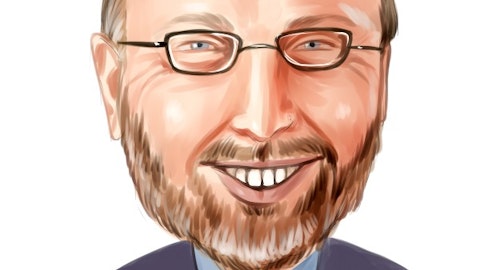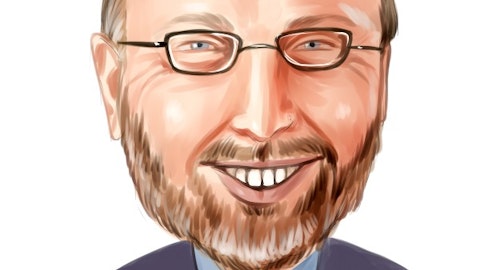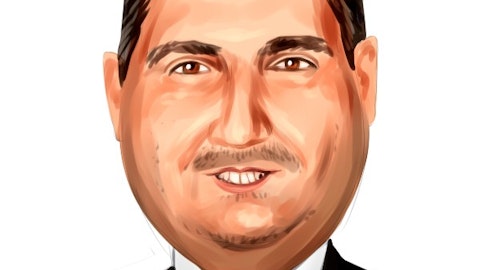Austin Wurschmidt: Hey, good morning. Scott, you just — Scott Brinker, you just referenced kind of the balance sheet being in a great position, but your guidance does assume $300 million to $450 million of the debt capacity is used to fund your existing capital commitments, predominantly development. So I’m just curious how much additional capacity do you have to pursue acquisitions. And what’s sort of the thinking on funding that on a medium-to-longer term basis?
Peter Scott: Yes. Austin, it’s Pete here. As Scott mentioned, our balance sheet is in great shape. We did and the year at 5.3 times net debt to EBITDA. So we could do a modest amount of acquisitions, but to do anything more than that. Since we do have a pretty significant development and redevelopment pipeline, would require additional capital recycling or accessing the ATM. We have not accessed the ATM in quite some time. We will be quite disciplined about how we think about that. We do pay attention to consensus NAV as well as our own internal NAV. Our stock is not trading at levels right now, where I think we feel like it’s appropriate to access the equity markets. But as Scott said, we feel more opportunistic today than we did six months ago, and we’ll continue to look at our cost of capital and assess whether we would want to access the ATM to do accretive acquisitions.
But our base case right now for guidance does not assume that we do any accretive acquisitions. We think that’s probably the most appropriate way to level set how we’re looking at 2023 right now.
Austin Wurschmidt: That’s helpful. And you guys have spent a lot of time talking about the attractiveness of the development pipeline that you have. And last quarter, you alluded to potential starts in the back half of this year, clearly pivoting as a result of how you’re viewing risk-adjusted returns today. But how should we think about sort of the next wave of starts and how much you could look to do in any given year going forward?
Scott Brinker: Yes. Well, I mean the potential pipeline is pretty big and it’s really core submarkets within our three existing markets. So we’re advancing entitlements across all three of those markets so that we’re in a position to proceed if and when cost of capital and spread versus acquisition cap rates make sense. From where we sit today, we’d be less aggressive on development than we have been for the past five years when there was a pretty enormous spread between return on cost for development relative to acquisition cap rates as well as our cost of capital we’ve had in the last year, Austin, I think you realized cost of capital as adjusted, but return on cost is probably down in most industries, certainly in medical office and life science.
But that’s a point in time, development makes a lot of sense at certain points in the cycle, and then there are other points where it makes more sense to look more at acquisitions or value-add shorter turnaround time. So from where we sit today, we’d be less aggressive on new development starts, but that could change. There’s a lot of uncertainty about what development construction costs really look like. They’ve been escalating in the 10% to 15% range per year for a little while now, but we’re starting to see evidence as well as anecdotal feedback that, that’s slowing down. So that would obviously make a pretty big difference. So I would view our land bank as something that’s a valuable asset, if and when it makes sense for us to start.
Austin Wurschmidt: I mean on some of the life science deals, what yield today in your mind would make sense to give you enough of a premium to move forward? And that will…





